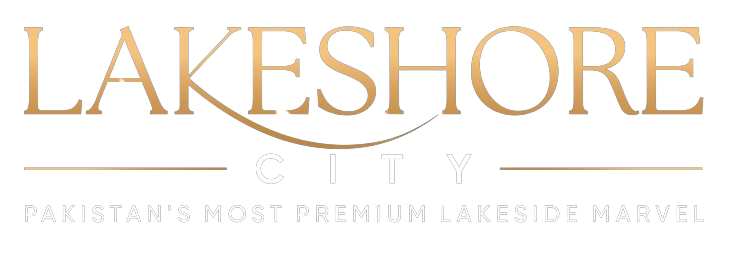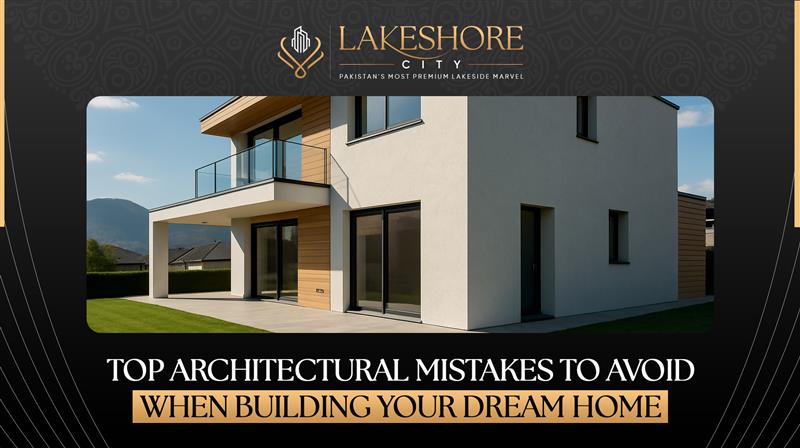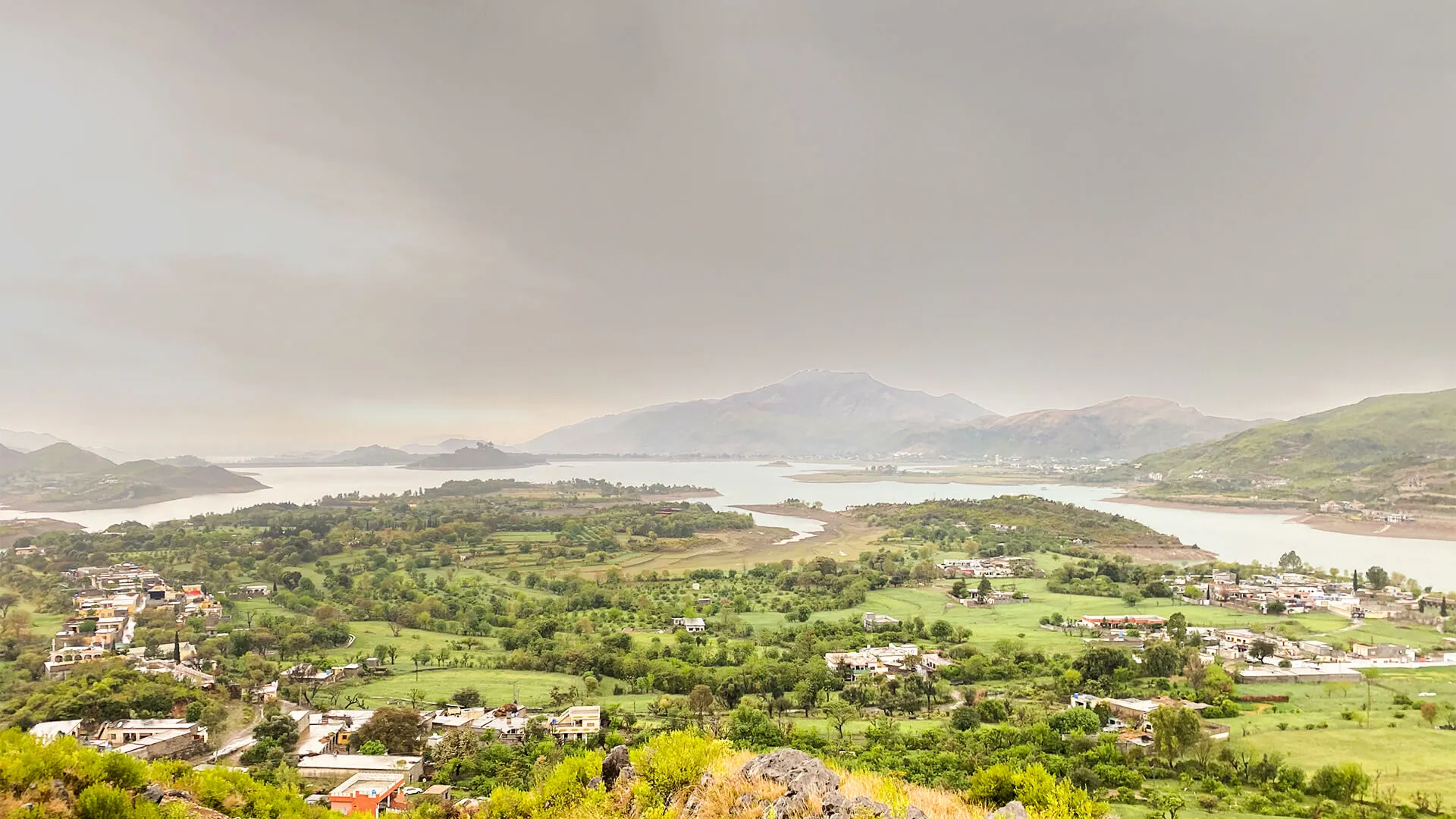One of the most satisfying achievements in life is building your ideal home. It takes more than just putting up cement and bricks to create a place where you can raise a family, create memories, and live comfortably for many years. Long-term issues, however, can result from a single poor choice made during the planning or building stages.
Many homeowners in Pakistan struggle because of faults in house design that may have been prevented with the right advice. You can save time, money, and frustration by avoiding these mistakes while designing a 5 marla house in Pakistan or a larger property.
1. Not Hiring a Professional Architect
Many people skip hiring an architect, thinking it will save money. This is one of the biggest common construction mistakes in Pakistan. While contractors and builders can execute a plan, they may not have the skills to create a functional and aesthetically pleasing design.
An architect will:
- Understand your needs and lifestyle.
- Ensure efficient use of space.
- Plan for structural safety and compliance with local building codes.
Without professional help, you risk ending up with rooms that feel cramped, poorly lit spaces, and awkward layouts.
2. Ignoring Local Climate and Sunlight
Designing a residence without considering the direction of the sun and wind might make it problematic in Pakistan’s unpredictable environment. When windows and balconies are placed properly, natural light may brighten interior spaces while reducing heat.
For example:
- South-facing windows in hotter regions can make rooms unbearably warm in summer.
- Poorly placed openings can result in dark, gloomy spaces that require artificial lighting during the day.
A well-thought-out design works with nature, not against it.
3. Poor Space Planning in Floor Layouts
Floor plan mistakes to avoid include wasting space on overly wide hallways, having too many small rooms instead of functional open spaces, or placing bathrooms far from bedrooms.
When planning a 5 marla house design in Pakistan, every inch counts. Make sure:
- Bedrooms are close to bathrooms for convenience.
- The kitchen is placed near the dining area.
- There’s enough open space for comfortable movement.
Remember, a beautiful home is not just about appearance; it’s about comfort in daily living.
4. Overlooking Future Needs
Your needs today may not be the same in 5 years. Families grow, lifestyles change, and sometimes work-from-home setups become necessary.
Future-proof your home by:
- Leaving space for an additional room or floor.
- Designing flexible spaces that can be used for multiple purposes.
- Including extra storage areas to handle future requirements.
A house that can grow with you will save you money on future, expensive renovations.
5. Poor Ventilation and Airflow
One of the most ignored elements of home design is ventilation. Your house will feel stuffy and uncomfortable without enough airflow, especially in humid locations.
To avoid this:
- Include windows on opposite walls for cross-ventilation.
- Avoid placing large walls or furniture that block air circulation.
- Consider ventilation points in kitchens and bathrooms to prevent odors and moisture buildup.
Good ventilation not only improves comfort but also protects your home from mold and dampness.
6. Using Low-Quality Materials
Selecting less expensive materials is a captivating way to save money. However, poor plumbing, steel, or cement quality can shorten the lifespan and safety of your house.
Short-term savings can turn into long-term expenses due to:
- Frequent repairs.
- Structural damage.
- Safety hazards.
Always invest in quality materials from trusted suppliers. Your home is a long-term investment; build it to last.
7. Ignoring Storage Solutions
Storage is often ignored in the excitement of designing beautiful spaces. However, without enough storage, your home will quickly become congested.
Plan for:
- Built-in wardrobes in bedrooms.
- Overhead cabinets in kitchens.
- Shelving and cupboards in living rooms or hallways.
Smart storage keeps your home organized and visually appealing.
8. Neglecting Outdoor Spaces
Many Pakistani homes focus only on interiors, forgetting that outdoor spaces can greatly enhance the quality of life. Even in smaller plots, a small lawn, patio, or balcony can offer a relaxing escape.
Outdoor spaces can be used for:
- Family gatherings.
- Gardening.
- Evening tea or coffee.
They also add to your property’s value and beauty.
9. Skipping Energy-Efficient Design
With rising electricity costs in Pakistan, ignoring energy efficiency is a costly mistake. Small design choices can make a big difference in your bills.
Energy-efficient ideas include:
- Using insulated walls and roofs.
- Installing energy-saving windows.
- Planning for solar panels during construction.
Although these features can cost more up front, they save money over time.
10. Not Setting a Realistic Budget
Without a defined budget, dream homes can become financial headaches. It’s easy to overspend on expensive materials and lavish finishing, but if you don’t plan in advance, you risk running out of money in the middle of the job.
To avoid this:
- Break your budget into construction, design, furnishing, and landscaping costs.
- Keep a buffer for unexpected expenses.
- Be realistic about what you can afford without compromising quality.
Conclusion
Building your dream home should be exciting, not stressful. By avoiding these architectural design mistakes, you can create a home that’s functional, comfortable, and future-ready. Plan ahead, hire professionals, invest in quality, and choose a location that matches your vision.
FAQs
1. What are the most common house design mistakes in Pakistan?
Poor space planning, ignoring ventilation, skipping an architect, and using low-quality materials are the most frequent mistakes.
2. How can I avoid floor plan mistakes?
Hire a professional architect, focus on functional layouts, and ensure each area has a purpose.
3. Is energy efficiency worth the investment?
Yes. Features like insulation, solar panels, and efficient windows lower long-term costs and improve comfort.
4. Why is ventilation important in home design?
It keeps interiors fresh, prevents mold, and reduces the need for artificial cooling.
5. Should I plan for future expansion when building?
Absolutely. Flexible designs save money and stress when your needs change.
6. What’s the benefit of choosing a location with an installment plan?
It allows you to start building your dream home without heavy upfront costs while securing a valuable piece of land.



